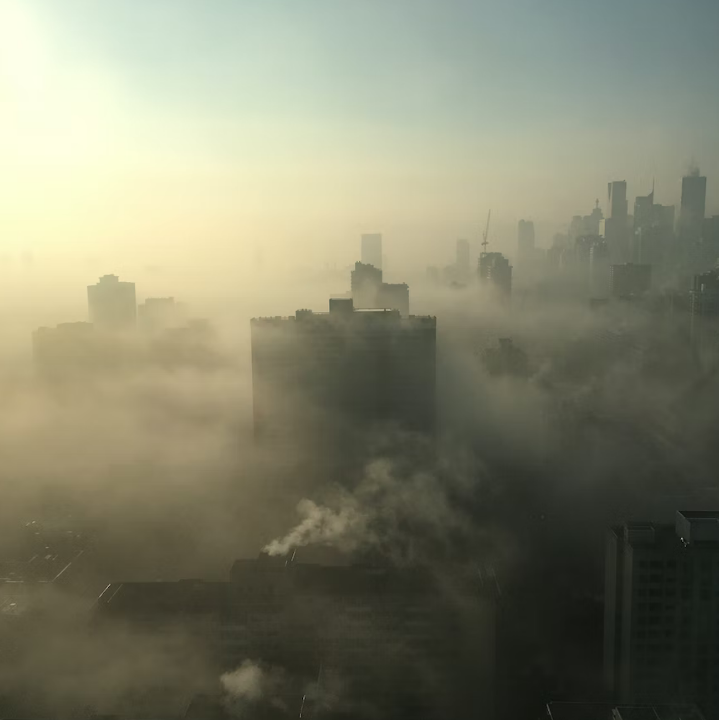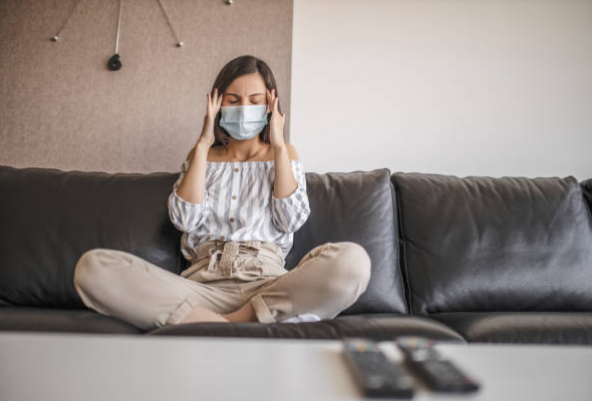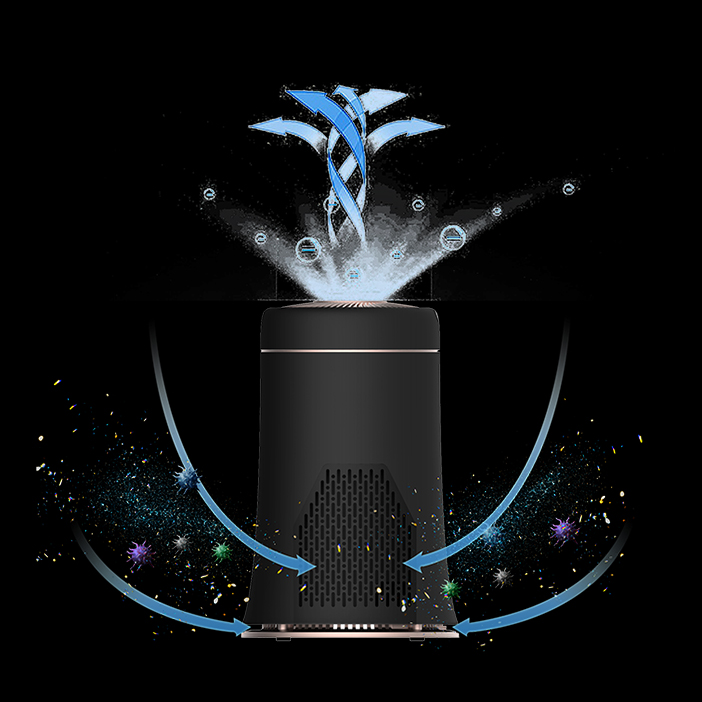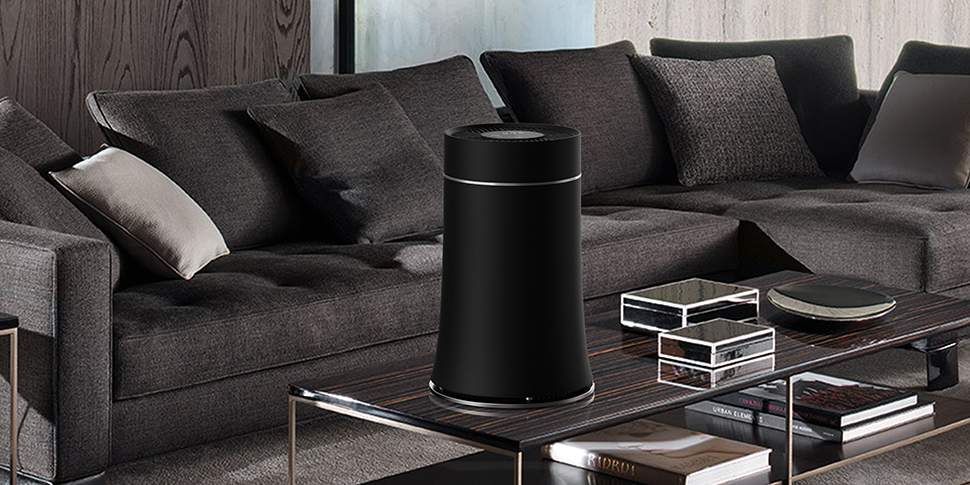Sales of air purifiers have soared since 2020 amid the normalization of epidemic prevention and more frequent and severe wildfires. However, scientists have long recognized that indoor air poses health risks—concentrations of pollutants indoors are typically 2 to 5 times higher than those outdoors, according to the U.S. Environmental Protection Agency, with a higher health risk index than outdoors!
This data is disturbing. Because on average, we spend about 90% of our time indoors.
To address some of the harmful substances that may be lingering in your home or office, experts recommend air purifiers with high-efficiency particulate air (HEPA) filters that help capture particles as small as 0.01 microns (The diameter of a human hair is 50 microns), these pollutions cannot be defended against by the body’s defense system.
What pollutants are in your home?
Although they are often invisible, we regularly inhale an increasing number of harmful pollutants from a range of indoor sources, including fumes from cookware, biological contaminants such as mold and allergens, and vapors from building materials and furniture. Inhaling these particles, or even absorbing them into the skin, can lead to both mild and serious health complications.
For example, biological pollutants such as viruses and animal dander can trigger allergic reactions, spread diseases through the air and release toxins. Symptoms of exposure to biological contaminants include sneezing, watery eyes, dizziness, fever, cough, and shortness of breath.
Moreover, the smoke particles will also spread to the whole home with the air flow, and continue to circulate in the whole family, causing serious harm. For example, if someone in your household smokes cigarettes, the secondhand smoke he produces can cause lung and eye irritation in others.
Even with all windows closed, a home can contain 70 to 80 percent of outdoor particles. These particles can be smaller than 2.5 microns in diameter and penetrate deep into the lungs, increasing the chances of developing cardiopulmonary and respiratory diseases. This also affects people living outside the burn area: fire pollutants can travel thousands of miles through the air.
To protect against dirty air
To combat the effects of several of the many pollutants we encounter every day, air purifiers with HEPA filters offer a viable air treatment solution. When airborne particles pass through the filter, a pleated web of fine fiberglass threads captures at least 99 percent of the particles before they enter your body. HEPA filters treat particles differently depending on their size. The smallest stroke in a zigzag motion before colliding with the fiber; medium-sized particles move along the airflow path until they stick to the fiber; the largest impact enters the filter with the help of inertia.
At the same time, air purifiers can also be equipped with other features, such as activated carbon filters. It helps us capture dangerous gases like formaldehyde, toluene, and some types of volatile organic compounds. Of course, whether it is a HEPA filter or an activated carbon filter, it has a certain service life, so it needs to be replaced in time before it is saturated with adsorption.
The effectiveness of an air purifier is measured by its clean air delivery rate (CADR), which indicates how much pollutants it can effectively absorb and filter per unit time. Of course, this CADR indicator will vary depending on the specific pollutants filtered. It is divided into two types: soot and formaldehyde VOC gas. For example, LEEYO air purifiers have both smoke particle CADR and VOC odor CADR purification values. In order to fully understand the relationship between CADR and applicable area, you can simplify the conversion: CADR ÷ 12 = applicable area, please note that this applicable area is only an approximate range.
In addition, the placement of the air purifier is also critical. Most air purifiers are portable throughout the home. According to the EPA, it’s important to place air purifiers where people most vulnerable to air pollutants (infants, the elderly, and people with asthma) are using them most of the time. Also, be careful not to let items such as furniture, curtains, and walls or printers that emit particles by themselves obstruct the airflow of the air purifier.
Air purifiers with HEPA and carbon filters can be especially useful in kitchens: A 2013 US study found that these devices reduced kitchen nitrogen dioxide levels by 27% after one week, a figure after three months It did drop to 20%.
Overall, studies report that air purifiers with HEPA filters can relieve allergy symptoms, help cardiovascular function, reduce secondhand smoke exposure, and reduce the number of doctor visits for people with asthma, among other possible benefits.
For added protection to your home, you can opt for the new LEEYO air purifier. The unit features a stylish design, powerful 3-stage filtration system with pre-filter, HEPA and activated carbon filters.
Post time: Sep-15-2022






